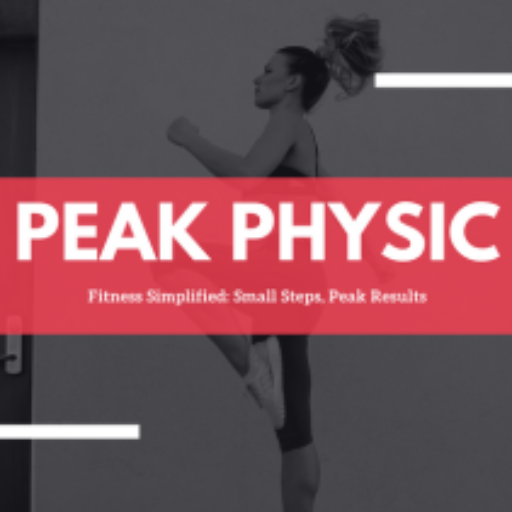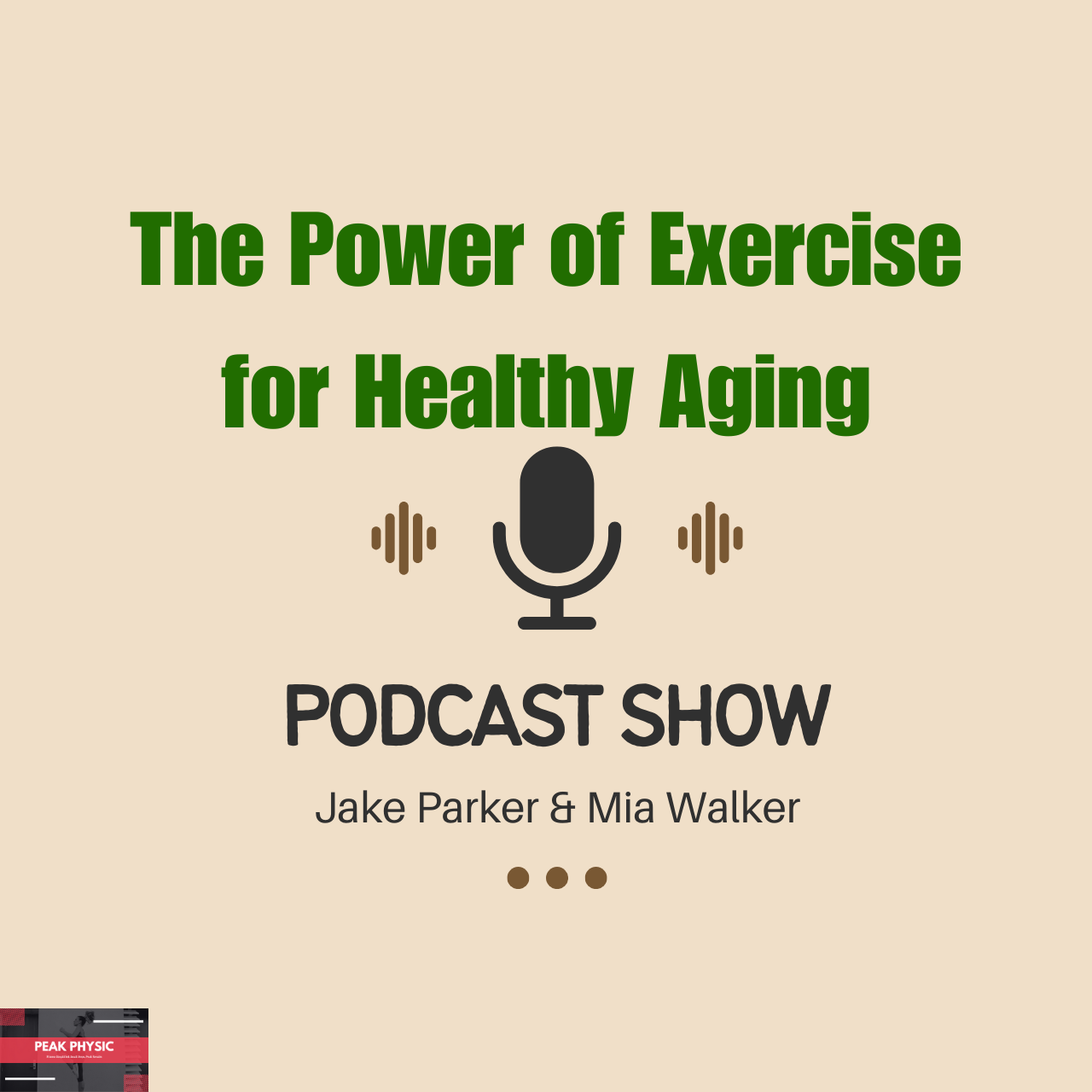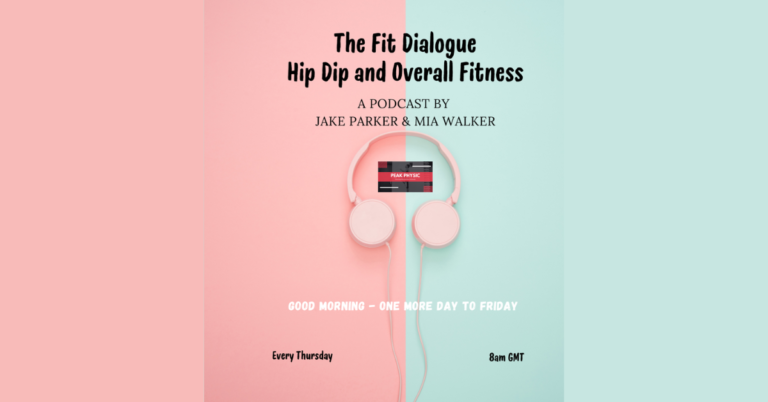Introduction: Redefining Ageing Through Movement
The ageing process has long been misunderstood as an inevitable decline in physical abilities and health. However, modern research consistently shows that regular physical activity can dramatically transform how we age. For adults over 55, exercise isn’t just beneficial—it’s transformative, offering a pathway to enhanced mobility, increased independence, and improved quality of life.
This guide explores how targeted physical activity can help you maintain youthful energy, strength, and flexibility well into your golden years. As the evidence demonstrates, you truly can move like you’re decades younger with the right approach to fitness.
Dispelling the Myths: Age Is Not a Barrier
One of the most pervasive myths about aging is that physical decline is unavoidable. Scientific research tells a different story:
- Adults of any age can gain muscle and improve fitness – Even individuals in their 80s and 90s have demonstrated remarkable improvements in strength and mobility when beginning resistance training programs.
- Recovery abilities remain strong – While recovery may take slightly longer than in youth, older adults maintain the physiological mechanisms needed to adapt to exercise.
- Exercise can reverse biological aging markers – Regular physical activity positively affects telomere length, mitochondrial function, and other cellular processes associated with aging.
“Did you know that individuals over 55 can achieve remarkable physical transformations? This fact often surprises many, but the potential for fitness and health improvements doesn’t diminish with age.”
The Science-Backed Benefits of Exercise After 55
Physical Benefits
Cardiovascular Health
Regular aerobic activity strengthens your heart, improves circulation, and helps maintain healthy blood pressure. Research shows that cardiorespiratory fitness is one of the strongest predictors of longevity, regardless of age.
Muscle Strength and Mass
Beginning at approximately age 30, adults lose 3-5% of muscle mass per decade without intervention. Strength training can not only halt this loss but actually reverse it, restoring functional strength and improving metabolism.
Bone Density
Weight-bearing exercise stimulates bone-forming cells, increasing mineral density and reducing fracture risk. This is especially crucial for postmenopausal women, who face accelerated bone loss.
Joint Mobility and Flexibility
Regular movement maintains synovial fluid production in the joints and preserves connective tissue elasticity, resulting in better range of motion and reduced stiffness.
Balance and Coordination
Specialized balance exercises strengthen the proprioceptive system and core muscles that maintain stability, significantly reducing fall risk—a major concern for older adults.
Cognitive and Emotional Benefits
Brain Health
Exercise increases blood flow to the brain and stimulates the release of growth factors that support neuronal health and the formation of new neural connections.
Mood Enhancement
Physical activity triggers the release of endorphins, serotonin, and dopamine—natural mood elevators that combat depression and anxiety, which often increase with age.
Memory and Cognitive Function
Regular exercise is associated with improved executive function, faster processing speed, and better memory. Some studies suggest it may reduce Alzheimer’s risk by up to 50%.
Sleep Quality
Moderate exercise helps regulate circadian rhythms and increases the amount of slow-wave (deep) sleep, which often decreases with age.
Stress Reduction
Physical activity lowers cortisol levels and activates the parasympathetic nervous system, creating a powerful buffering effect against chronic stress.
The Four Pillars of a Complete Exercise Program
1. Cardiovascular Exercise
Aerobic activity strengthens your heart, improves lung capacity, and builds endurance. It’s essential for maintaining healthy weight, circulation, and energy levels.
Recommended activities:
- Brisk walking
- Swimming
- Cycling (stationary or outdoor)
- Dancing
- Water aerobics
- Elliptical training
- Tennis or pickleball
Recommendation: 150 minutes of moderate-intensity or 75 minutes of vigorous-intensity activity per week, spread throughout the week in sessions of at least 10 minutes.
2. Strength Training
Often referred to as the “gold standard” for reversing age-related muscle loss, resistance exercise maintains muscle mass, bone density, and metabolic health.
Recommended activities:
- Bodyweight exercises (squats, modified push-ups, lunges)
- Resistance band workouts
- Light dumbbells or kettlebells
- Weight machines (with proper instruction)
- Water-based resistance exercises
Recommendation: 2-3 sessions per week targeting all major muscle groups, with at least one day of rest between sessions for the same muscle group.
3. Flexibility and Mobility Work
Stretching and mobility exercises maintain joint function, prevent injury, and improve everyday movement patterns.
Recommended activities:
- Static stretching (holding positions)
- Dynamic stretching (controlled movement through range of motion)
- Yoga
- Tai Chi
- Pilates
- Foam rolling
Recommendation: Daily flexibility work for 5-10 minutes, with longer sessions (20-30 minutes) 2-3 times per week.
4. Balance Training
These exercises strengthen the neuromuscular connections that keep you stable and prevent falls.
Recommended activities:
- Single-leg stands (near a counter for support)
- Heel-to-toe walking
- Tai Chi
- Yoga balance poses
- Stability ball exercises
- Dance-based programs
Recommendation: 2-3 sessions per week, incorporated into daily activities or other workout routines.
Getting Started Safely: A Progressive Approach
Initial Assessment
Before beginning any new exercise program:
- Consult with your healthcare provider, especially if you have chronic conditions
- Consider working with a qualified fitness professional experienced in training older adults
- Start with a basic fitness assessment to establish your baseline
The First Month: Building a Foundation
Weeks 1-2: Establishing the Habit
- Focus on consistency rather than intensity
- Begin with 10-15 minute sessions
- Aim for movement 5 days per week
- Pay close attention to proper form and technique
Weeks 3-4: Gradual Progression
- Increase duration to 15-20 minutes
- Add slight resistance to strength movements
- Introduce basic balance challenges
- Begin linking different types of exercise
Months 2-3: Building Capacity
- Extend workout duration to 20-30 minutes
- Incorporate circuit training for efficiency
- Add variety to prevent plateaus
- Begin tracking improvements in specific metrics
Beyond 3 Months: Refinement and Specialization
- Consider specific goals (hiking, playing with grandchildren, sport participation)
- Periodize training for continued progress
- Explore new activities that build on your foundation
- Adjust intensity based on energy levels and recovery
Overcoming Common Challenges
Lack of Motivation
- Set meaningful, specific goals connected to your values
- Find an exercise partner or join group classes
- Track progress with a journal or app
- Schedule exercise as a non-negotiable appointment
Physical Limitations or Chronic Conditions
- Work with professionals experienced in your condition
- Focus on what you can do rather than limitations
- Modify exercises to match your capabilities
- Consider water-based exercise for reduced joint stress
Time Constraints
- Break exercise into shorter “snacks” throughout the day
- Combine social time with activity
- Integrate movement into daily tasks
- Prioritize quality over quantity in workouts
Fear of Injury
- Start with supervised instruction
- Focus on proper form before increasing intensity
- Progress gradually with appropriate rest
- Listen to your body’s signals
Nutrition to Support Your Active Lifestyle
While exercise is powerful, proper nutrition maximizes its benefits:
Protein Requirements
Older adults need more protein than younger adults to maintain muscle mass—aim for 1.0-1.2g per kilogram of body weight daily, spread throughout the day.
Hydration
Thirst sensation often decreases with age, so intentional hydration is crucial:
- Drink water before, during, and after exercise
- Monitor urine color (pale yellow indicates good hydration)
- Consider electrolyte drinks during longer exercise sessions
Anti-Inflammatory Foods
Include foods that support recovery and reduce inflammation:
- Fatty fish (salmon, sardines)
- Colorful fruits and vegetables
- Nuts and seeds
- Olive oil
- Herbs and spices (turmeric, ginger)
Micronutrients of Special Concern
- Vitamin D and calcium for bone health
- B vitamins for energy metabolism
- Magnesium for muscle function
- Antioxidants for cellular protection
Measuring Progress: Beyond the Scale
Track your fitness journey using these meaningful metrics:
Functional Assessments
- Timed Up and Go Test (TUG)
- 30-Second Chair Stand Test
- Single-Leg Balance Time
- Six-Minute Walk Test
Quality of Life Indicators
- Energy levels throughout the day
- Sleep quality and duration
- Mood and mental clarity
- Ability to perform daily tasks with ease
Physical Measurements
- Resting heart rate
- Blood pressure
- Waist circumference
- Range of motion
Sample Weekly Exercise Plan
Monday: Cardio + Full-Body Strength
- 5-minute warm-up (gentle marching, arm circles)
- 20 minutes walking, cycling, or swimming
- 15 minutes strength circuit (squats, wall push-ups, seated rows)
- 5-minute cool-down and stretch
Tuesday: Flexibility + Balance
- 30 minutes yoga or tai chi
- Extra focus on single-leg balance exercises
Wednesday: Moderate Cardio
- 30 minutes continuous activity at conversational pace
- 5 minutes of core exercises
Thursday: Rest or Active Recovery
- Gentle walking
- Stretching
- Leisure activities like gardening
Friday: Strength + Cardio Intervals
- 5-minute warm-up
- 20 minutes alternating strength exercises with short cardio bursts
- 5-minute cool-down and stretch
Saturday: Longer Cardio + Balance
- 40-45 minutes of your favorite cardio activity
- 10 minutes of balance challenges
Sunday: Rest or Active Recovery
- Nature walk
- Gentle stretching
- Reflection and planning for the week ahead
Success Stories: Real Transformations After 55
Margaret, 67
Starting with short daily walks after years of inactivity, Margaret progressed to strength training twice weekly. Within six months, she no longer needed assistance to climb stairs and lost 22 pounds. Her blood pressure medication was reduced, and she reports feeling “stronger than in my 50s.”
Robert, 73
After receiving a pre-diabetes diagnosis, Robert began swimming three times weekly and strength training with resistance bands. His balance improved dramatically, his A1C levels normalized, and he recently completed a 5K charity walk.
Susan, 61
Following a shoulder injury, Susan feared permanent limitation. Working with a physical therapist, she gradually built a routine combining yoga, resistance training, and water aerobics. She now has greater mobility than before her injury and has become a certified instructor helping others her age.
Conclusion: It’s Never Too Late to Start
The evidence is clear: regular physical activity is perhaps the most powerful tool available for improving quality of life as we age. The human body maintains remarkable adaptability throughout life, capable of positive change at any age.
Whether you’re currently active or considering your first steps toward fitness, remember that consistency matters more than perfection. Start where you are, progress gradually, and celebrate each improvement. The benefits extend far beyond physical appearance—to independence, cognitive function, emotional wellbeing, and the ability to fully engage in life’s meaningful moments.
By embracing regular movement appropriate for your current fitness level, you’re not just adding years to your life—you’re adding life to your years.
“It’s never too late to reap the benefits of a healthy lifestyle. No matter your age, you can start today and make a positive change.”
Disclaimer: This guide provides general information about exercise for older adults and is not intended to replace personalized medical advice. Always consult with healthcare providers before beginning a new exercise program, especially if you have chronic conditions or have been inactive.


